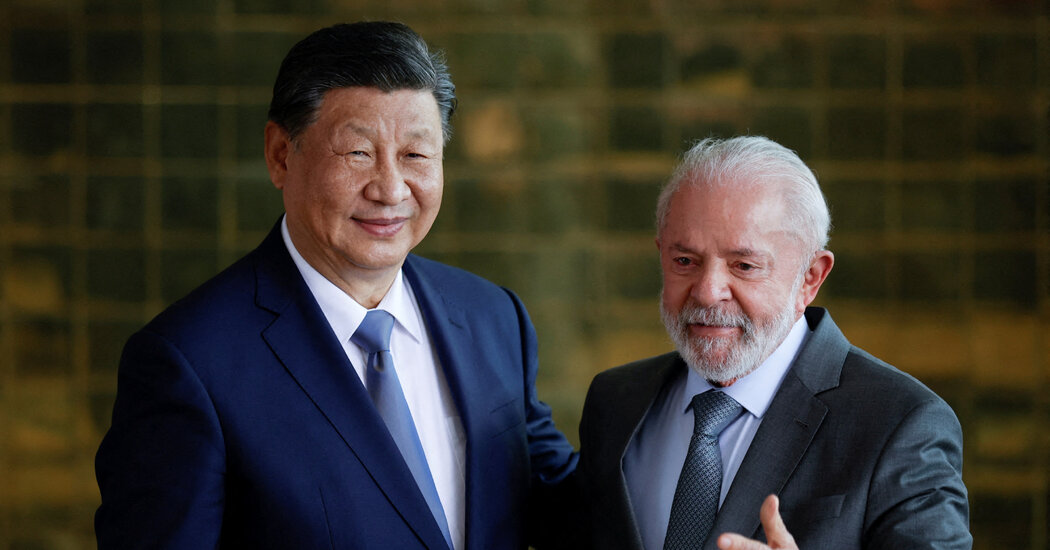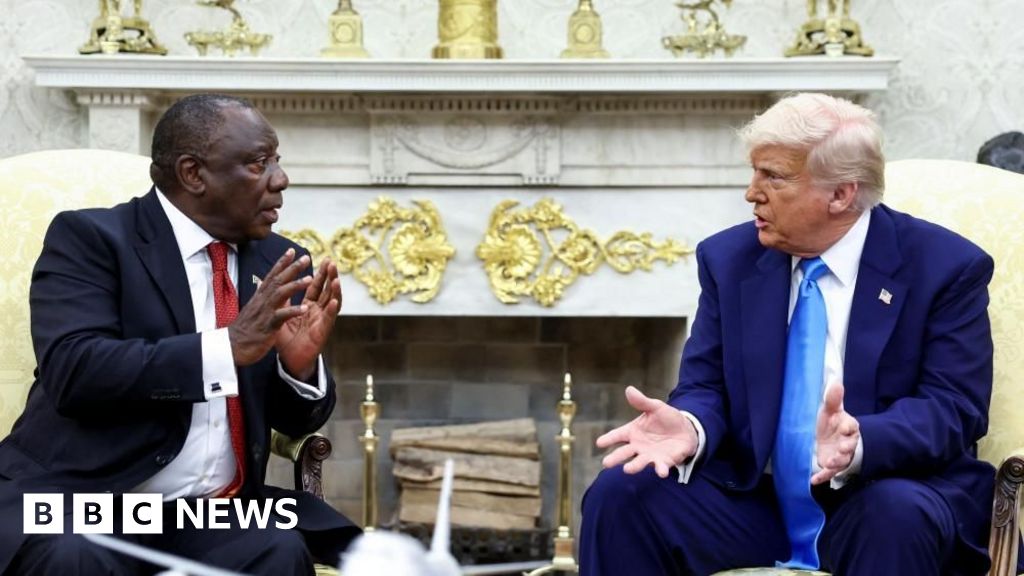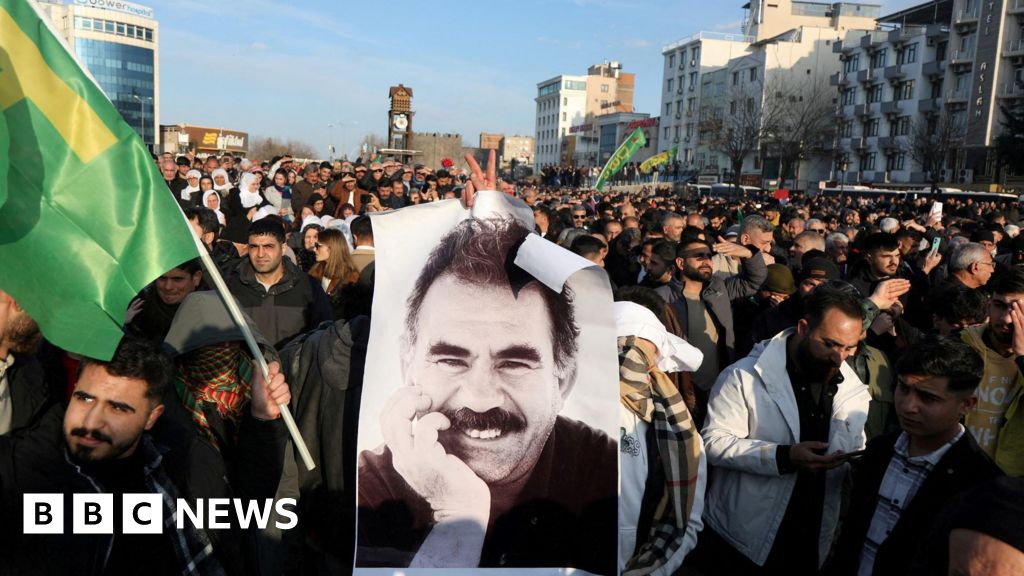President Trump wants Latin American countries to shift closer into Washington’s orbit, raising echoes of the Monroe Doctrine, when the United States claimed the Western Hemisphere as its domain.
This week, China’s leader, Xi Jinping, is hosting President Luiz Inácio Lula da Silva of Brazil and other leading officials from Latin America and the Caribbean in Beijing to underscore that China intends to keep a firm foothold in that region. Many Latin American governments also want to keep Beijing onside — chiefly as an economic partner, but for some also as a counterweight to U.S. power, experts said.
“What the people of Latin America and the Caribbean seek are independence and self-determination, not the so-called ‘new Monroe Doctrine’,” China’s assistant foreign minister, Miao Deyu, told reporters in Beijing on Sunday, according to the People’s Daily, nodding to President James Monroe’s declaration of 1823, warning European powers not to interfere in the Americas.
The U.S. secretary of state, Marco Rubio, has said that the Trump administration will be “putting our region, the Americas, first,” and Mr. Rubio’s first overseas trip as secretary was to Panama, Guatemala and other countries in the region. But Mr. Trump’s sweeping tariffs and threats to take over the Panama Canal have unsettled leaders in Latin America, especially in countries already wary of Washington.
Even if Mr. Trump is not singled out by name in official statements from Mr. Xi’s meetings with Mr. Lula, and possibly other Latin American officials, the implication will be clear.
“Lula sees China as a partner in rebalancing global power, not just a trade partner but a geopolitical counterweight to U.S. hegemony,” said Matias Spektor, a professor of politics and international relations at Fundação Getulio Vargas, a Brazilian university. “Lula’s strategy is clear: diversify Brazil’s alliances, reduce dependency on Washington, and assert Brazil as a mover and shaker in an increasingly multipolar world.”
Still, behind closed doors, China’s talks with Mr. Lula and other Latin American and Caribbean leaders are unlikely to be just about mutual admiration. Mr. Lula is the most prominent of the leaders assembling in Beijing for a meeting on Tuesday between Chinese officials and ministers from the Community of Latin American and Caribbean States, or CELAC, a group that does not include the United States or Canada.
Colombia’s recently elected president, Gustavo Petro, a leftist former rebel, will also attend, Chinese media reported. But it was unclear who else was attending, and such meetings with China are usually attended by foreign ministers and other government officials.
Over the past two decades, China became a prodigious purchaser of minerals and other resources from Brazil, Peru, Chile and other Latin American customers. Chinese products including cars and appliances have filled markets in the region, and Chinese investments have funded bridges, dams and ports. Brazil and other big commodities exporters are, in part, hoping to repeat what happened in Mr. Trump’s first term, when China purchased more soybeans, iron ore and other products from Latin America in the face of U.S. tariffs.
Last year, trade in goods between China and Latin America reached nearly $519 billion, about double the value of a decade ago, according to Chinese customs statistics
Mr. Lula has, for all his friendliness to Beijing, increased tariffs on iron, steel and fiber optic cable, products that mostly come from China. Countries across Latin America are “hugely concerned” that Chinese exporters shut out of the U.S. market will divert cheap goods there, swamping local manufacturers, said Ryan Berg, the director of the Americas Program at the Center for Strategic and International Studies in Washington.
“These are countries that have a history of protectionism already and are interested in protecting local jobs and local industries,” Mr. Berg said in an interview. “Even though many countries like Brazil have good relationships with China, they have nevertheless moved almost in parallel with the United States to protect certain industries out of fear that they could become dumping grounds for, say, Chinese steel and aluminum.”
Mexico, the second-biggest Latin American economy after Brazil, has so far taken a more cautious approach to courting China, reflecting its much larger trade ties with the United States, said Enrique Dussel Peters, a professor of economics at the National Autonomous University of Mexico.
Indeed, Mexico’s diplomatic caution belies a trade relationship in which China is making huge inroads. Fueled largely by a surge in Chinese cars on Mexico’s roads, Mexico now accounts for about 2.4 percent of China’s total exports. That places Mexico ahead of Brazil, which has a larger population and absorbs only 1.7 percent of China’s exports, as China’s most important export market in Latin America.
“Mexican elites and the government are torn in this new triangular relationship” with the United States and China, said Dussel Peters, the author of “Latin America, China, and Great Power Competition.” “This, however, will not be sufficient for Mexico, considering China’s massive presence in Mexico.”
Mr. Xi has sounded optimistic that he can keep Mr. Lula and many other major Latin American leaders onside, partly through plain persistence, and partly through continued orders of iron ore, soybeans and other commodities. Mr. Lula has also voiced hopes that China can help Brazil make gains in new technologies, including space and green energy.
When Mr. Xi traveled to Brazil for a G20 leaders’ summit in November, he added on a state visit there. This year he may do the same when he is expected to visit Rio de Janeiro for a summit in July of the BRICS group of developing countries that was founded by Brazil, Russia, India and China. Mr. Biden’s only visit to Brazil as president — for the G20 summit — came only after he had lost the presidential election.
“The fact that we are much closer, but we have had high-level visits with less frequency than Xi is a barrier to regional prioritization and a bad sign from a strategic perspective.” Mr. Berg said. “I think a lot of that is going to change with Rubio,” he said, noting that Mr. Rubio is a fluent Spanish speaker familiar with the region.
Nearer term, China may focus on more orders of soybeans and other goods from Brazil. “There is anxiety about China crowding out Brazilian manufacturers, but the broader reality is clear,” said Professor Spektor, the Brazilian academic. “China’s demand underpins Brazil’s economic stability.”
Simon Romero in Mexico City contributed reporting.



